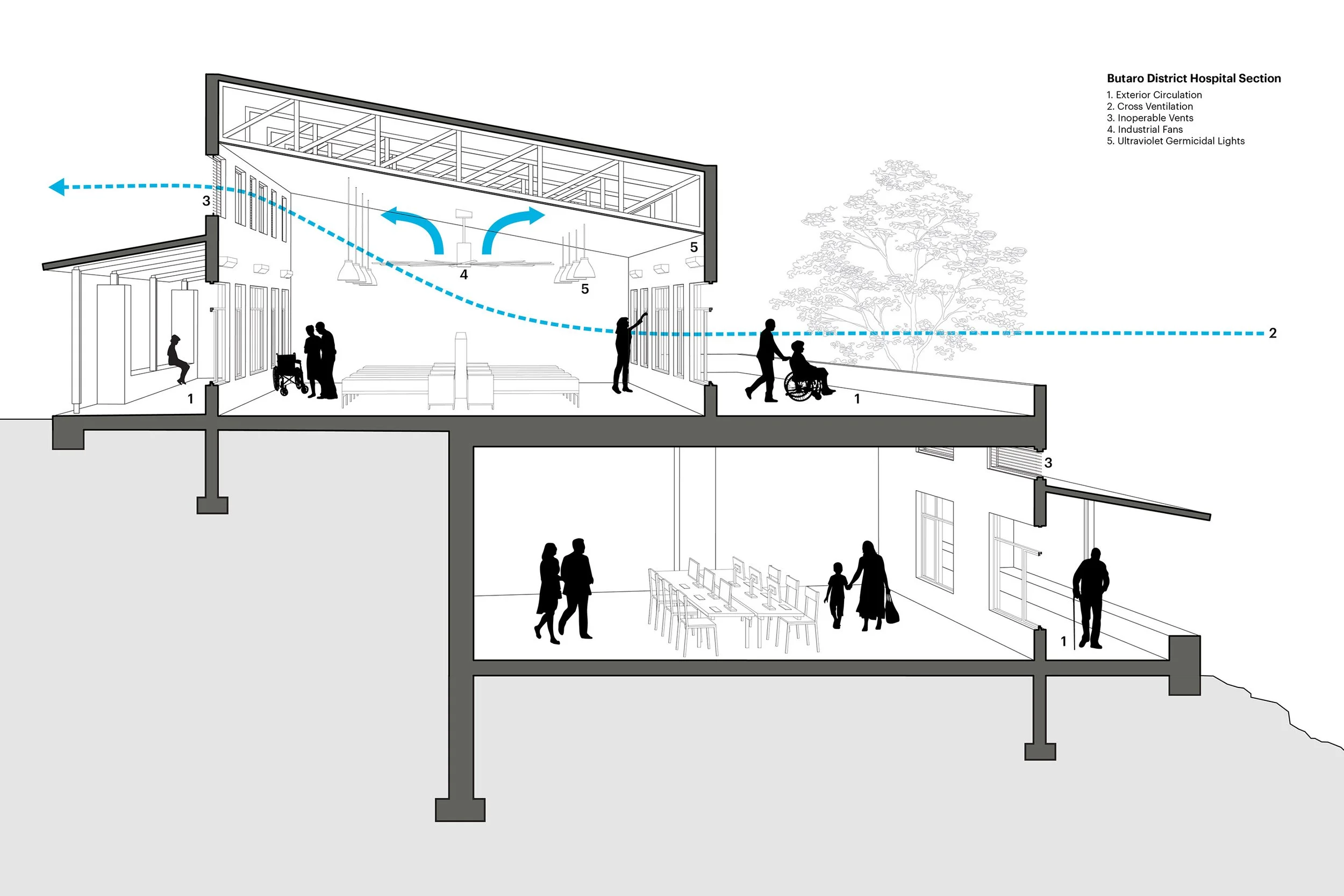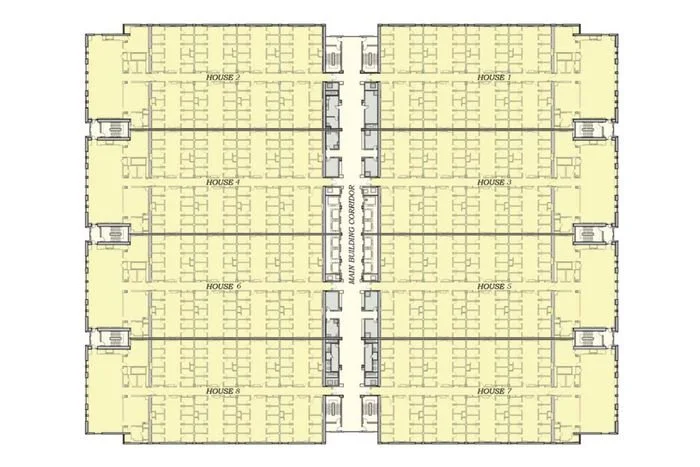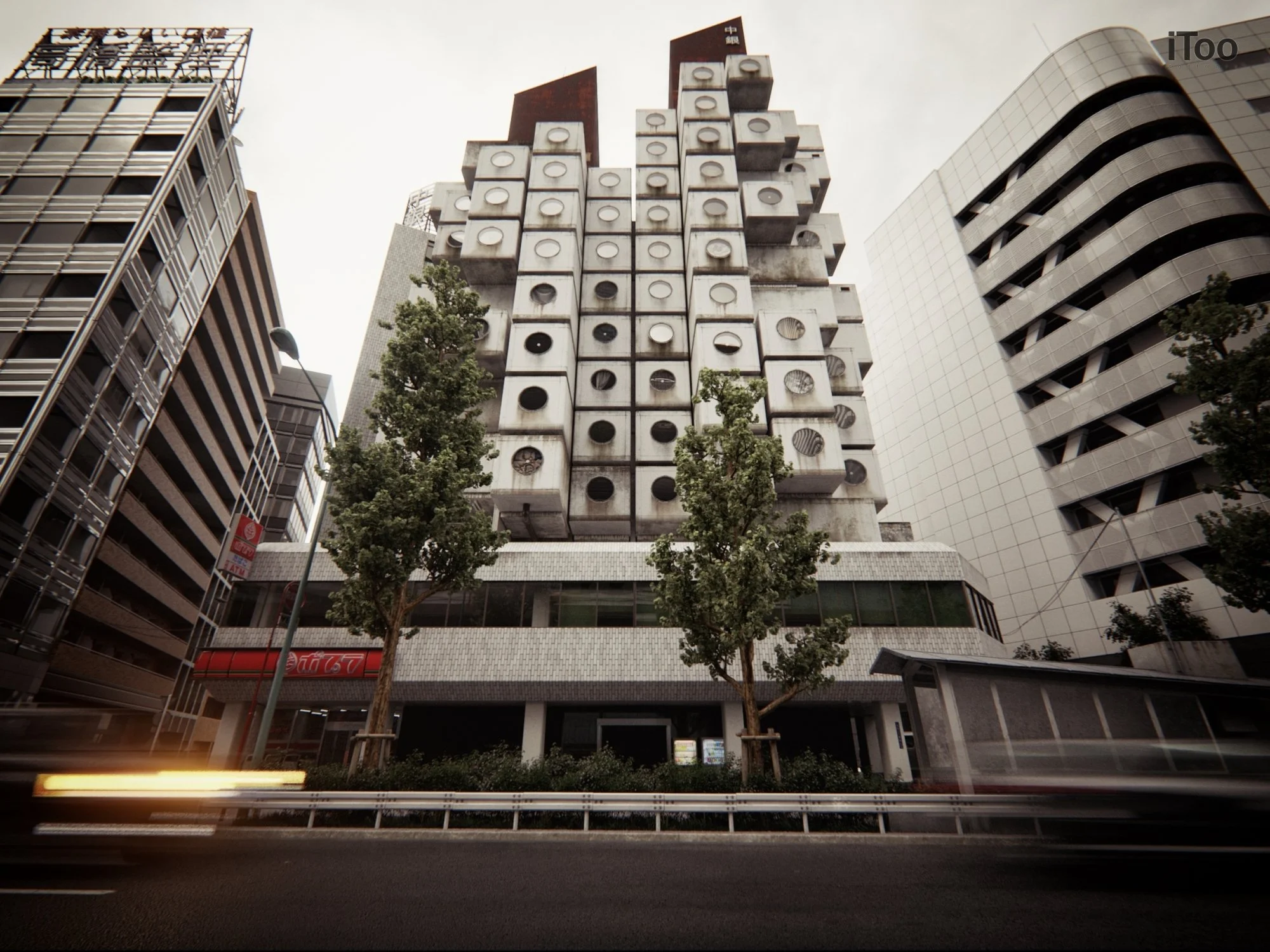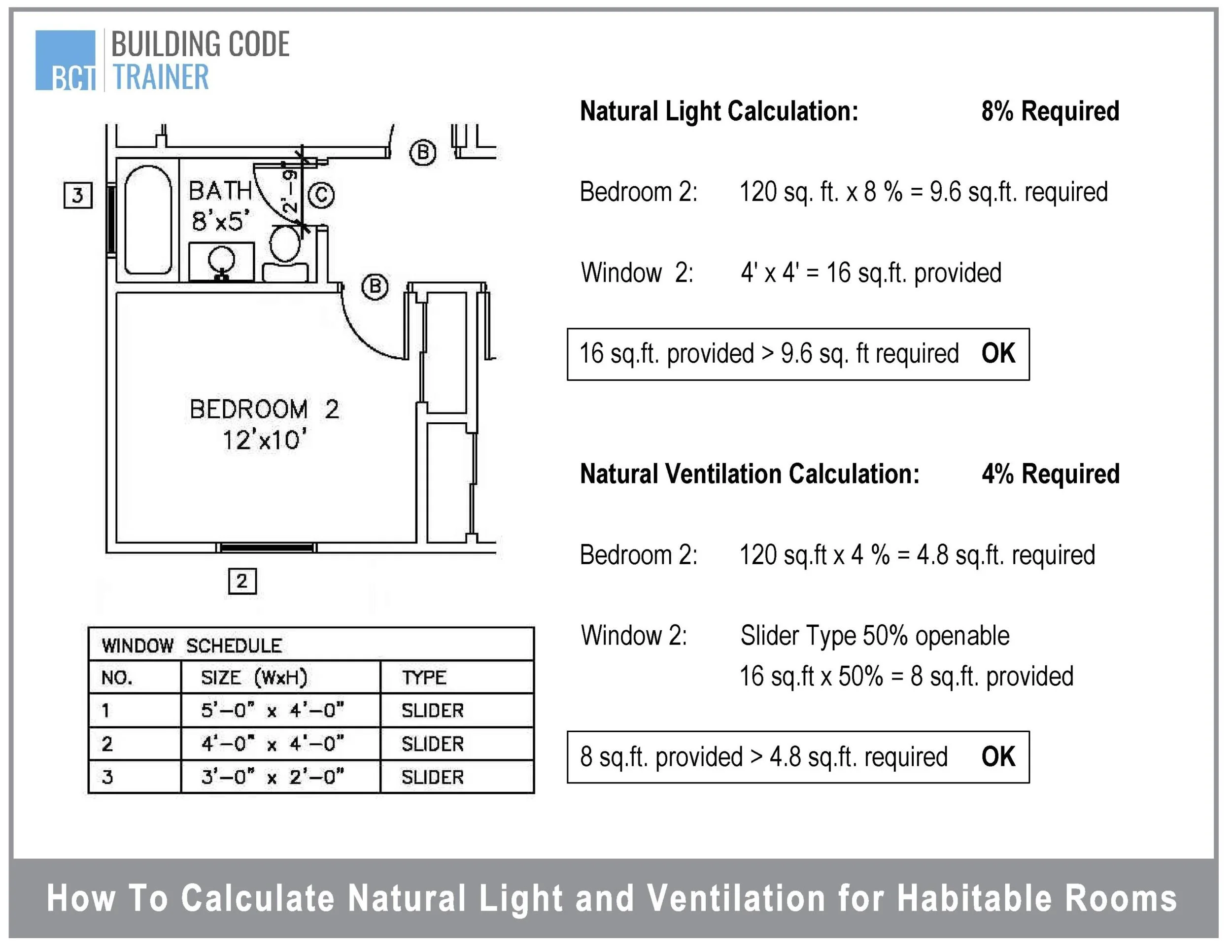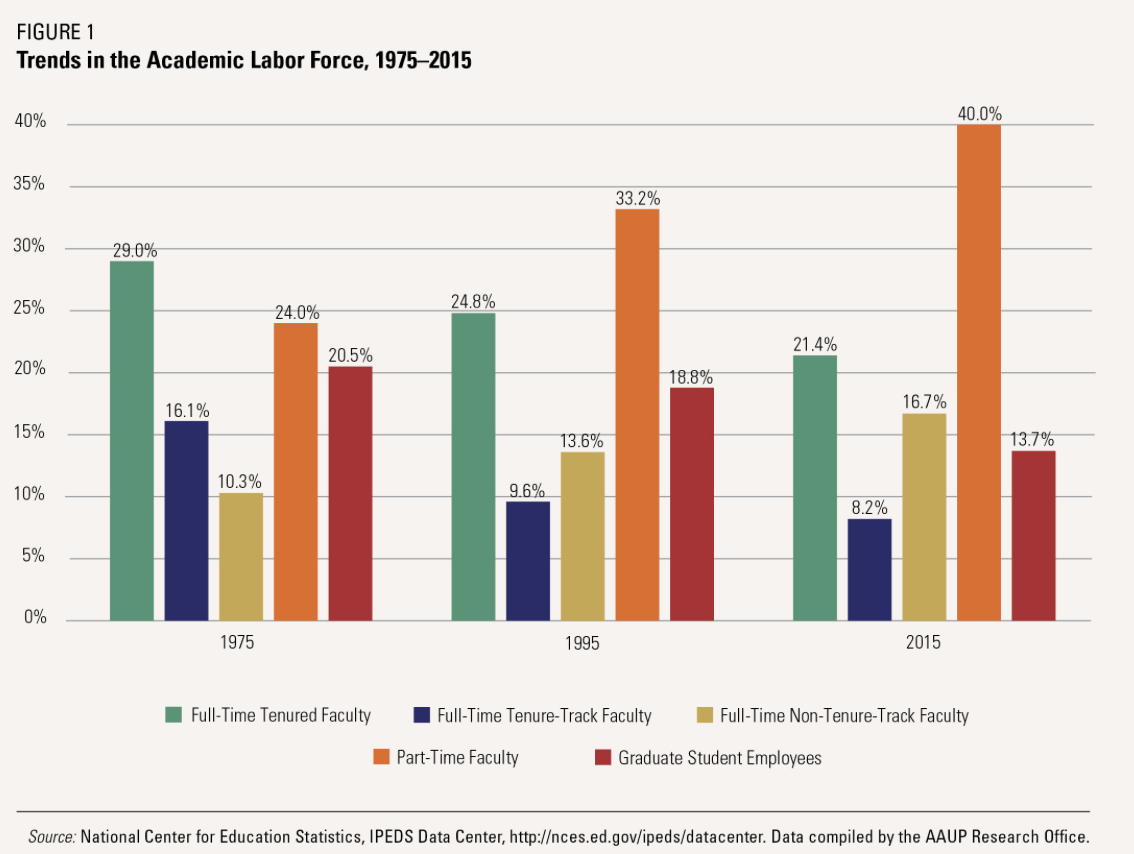Dormzilla
It’s ironic that within a week or so of each other, there was a 60 minutes segment on the Architecture office MASS Design Group (friends of this program), where one of their main design philosophies is based around increasing air circulation through good design and basic physics. Air rises when it warms, so let's add some fans to help, and boom, air flow that helps remove bad air particles by replacing it with fresh air. Delivered with beautiful Architecture.
Butaro District Hospital, MASS Design Group - Iwan Baan
Conversely, the “prison dorm” that’s being discussed for UCSB, which was “designed” (and more specifically, to be paid for) by Berkshire Hathaway vice-chair, the 97 year old billionaire Charles Munger, has 94% of the rooms without windows, and therefore almost entirely relies on mechanical systems (relying on power) for lighting and air circulation.
Source: Fast Company/ UCSB
Both stories are in the news right now, and both stories are about making buildings today (we’re not talking about the past here), but the dichotomy between 2 ways of thinking is staggeringly wide.
In the 60 Minutes segment, Michael Murphy references the section (below) that is from their Butaro District Hospital project, and illustrates a straightforward ventilation concept that works effectively and efficiently to help patients have better outcomes by introducing more fresh air. This design takes advantage of the physical location where they were working, the climate, and a desire to rely less on modern mechanical systems. Regardless of location, why would you ever choose to spend money on air conditioning equipment and operation when you could just get it for free, with some initial thought?
Butaro Hospital - Source: Arch Daily
This kind of constant air circulation is particularly useful for combating airborne diseases and contaminants, and is not a new idea. This article from 2009, published by the National Institute of Health, says in the first line, that;
“High ventilation rate is shown to be effective for reducing cross-infection risk of airborne diseases in hospitals and isolation rooms. Natural ventilation can deliver much higher ventilation rate than mechanical ventilation in an energy-efficient manner.”
Another historic example of “passive systems” (no power needed), would be the “wind catchers” in the middle east, which are capable of helping to cool the interior spaces by ~18 degrees, and were documented to have been built in the 14th century, but there are references to wind catchers in writings from the 5th century, and historical evidence of wind catchers in Iran, dating back to 4,000 BC, so over 6,000 years ago.
Wind Catchers - Source: 366 Solutions
It’s ironic that within a few days of the 60 Minutes segment coming out, the proposed UCSB dorm has also been in the press.
The specs are; 1.68 million square feet, housing 4,500 students, with 94% of the single occupancy rooms having no windows, paid for by the guy who wants to “design” it and have his name on it.
Proposed Plan - Source: Fast Company/ UCSB
No wonder it’s been called the “prison dorm” by the LA Times, and a “grotesque, sick joke — a jail masquerading as a dormitory” by the NY Times critic Paul Goldberger.
As Wednesday Addams says when she goes to public school for the first time (0:20) “Ah, now I understand, this is a children’s prison”. As an aside, I recommend this for anyone with kids ~3+, it’s pretty solid for family movie night, and Wednesday cracks me up.
Back to the program.
I’ve heard some folks slam the single occupancy rooms, but I don’t necessarily think that’s the issue, because we’ve seen examples around the world of small room/ hotel/ single occupancy buildings that haven’t been slammed in this same way. The difference is that those examples have windows…
Proposed Dorm Room - Source: Fast Company/ UCSB
One thing that seems to have largely gone under the radar, but is reported by Fast Company, is that Munger has already built 2 dorms; one at Stanford, and one at Michigan (both with his name on them), which are also based on 6 or 7 of these smaller single occupancy rooms with ensuite bathrooms, that are oriented around a shared communal space.
This idea is a perfectly fine idea to me, and any of us who shared dorm rooms with roommates probably has a story or 2 where they would have preferred some private space and a private bathroom, rather than a forced cohabitation.
In the UCSB dorm however, the windows have been eliminated (which seem to still be present at Michigan and Stanford), and the private ensuite bathrooms have been reduced to 2 bathrooms for 8 single rooms. It seems like this is someone “taking it further” as they might say, but losing the way altogether.
Dorm Cluster - Source: Fast Company/ UCSB
There are other projects over the years that have used this idea of smaller, single occupancy rooms. The capsule tower in Tokyo was built in 1972, and even though it has been in danger of demolition for a number of years, the interiors can have a very nice look that is loved by many.
Capsule Tower Exterior
Capsule Tower Interior - Source: Slate
We also quite literally have building codes to combat the lack of light and air. Habitable rooms are required to have certain percentages of glazing (windows) relative to their size (floor area). There also are requirements for ventilation as well, to get air changes happening regularly. If you’re curious, this is the concept for how it’s calculated in the most simple sense (below).
Source: Building Code Trainer
Yes, you can use mechanical systems for ventilation in a lot of circumstances, and the building codes allow for this instead of operable windows, but systems get old and break. They make noise. They cost money to install and operate. So why do that, if you have a choice?
The thing is, we’ve already had many of these conversations..
For instance, in NYC, windows were not required in every room until the mid 19th century, so when that changed, developers began adding narrow interior light and air shafts, which were close enough that neighbors could shake hands with their neighbor across the light and air shaft. It didn’t take much livable area away from the building, so that’s why developers invented this “solution”. These shafts also did not provide emergency exit out of them, and they actually helped fires spread more quickly, so these light and air shafts that were introduced to allow natural light and air were termed “foul air shafts” by the Tenement House Committee in 1900, and building codes were changed to require something better.
NYC “foul” Light and air shafts - Source: 6 sq ft
COVID has really just reemphasized the fact that natural ventilation is critical to create healthy spaces.
The work that MASS has been producing started way before COVID was on our radar, so this isn’t a new principle for us or them, and it’s ironic that this crazy dorm has been released as we’re ~18 months into a global pandemic that’s an airborne virus.
In the best case scenario, even if we are OK without windows (I’m not), and even if we have confidence that mechanical ventilation will suffice for fresh air requirements (not ideal usually), as we push for dramatically more energy efficient buildings, why would we choose to rely entirely on mechanical systems for light and air?
I’m not an expert on the University of California’s environmental policy ambitions, but they do say all sorts of nice things about sustainability on their website, and I would assume that they are more interested in less energy use, compared to more energy usage, and since this project relies entirely on mechanical systems, that seems like an issue.
To be the devil’s advocate, even if they say “we’re using renewable energy”, then I would say, why not direct that energy somewhere else? Like to a building that isn’t being built brand spanking new, and suffers from being less efficient already, simply due to its age.
This is actually a preservation tactic, where you add renewable energy sources to older buildings, because they can cost so much to heat and cool, simply because they are old and leaky and less efficient than modern ones. This helps you pay for the higher-than-average cost to maintain old buildings in a modern world, so why would we accept that as a justification for a brand new building?
Mechanical systems should be the last piece of the pie to keep our buildings warm or cool, not the first line of defense, unless you’re in an environment where that isn’t possible (like the moon or Antarctica or something like that).
I’m also not the weather guy in Santa Barbara, but it seems like a place with average temperatures between low 50 and high 70’s might want to take advantage of that delightful climate.
It’s specifically mentioned in this CBC article, that they use the same artificial lights that are used in expensive staterooms on Disney cruise ships. Naturally, I did a quick search, and it’s even more bizarre than he made it seem in his interview, because these artificial lights are called “magical portholes” (snicker), and they have cameras that point outside in real time, blah blah.
Why would UCSB even entertain this as a possibility? Money, of course.
Maybe, just maybe… universities could go on a diet, and not have college coaches as the highest paid state employees when your tuition is rising way beyond inflation rates (like 5x inflation), and doing nearly anything necessary to take money from a billionaire who will give you money, but only if you let him play Architect.
Inflation compared to tuition - Source: Visual Capitalist
I love teaching. Good teachers changed my life, and helped me find something that I actually give a damn about for a profession, so if I can ever pass that along, that’s fantastic. I’ve been teaching at Northeastern and Roger Williams Universities for over 10 years in different capacities, but if anyone wonders why I’m not on a long term academic track professionally anymore (I resigned a full-time position when I left Boston), just re-read that last paragraph, and realize that the trend to rely on more Adjunct faculty, while not significantly raising their pay, has been on the rise for decades.
Source: Inside Higher Ed
Like I said, I do it for the love of the game, but come on people. This is also why I am doing these articles, because it seems like something is broken, but education is great, so here we are. Together.
I don’t expect Mr. Munger to really know all of this about the history of passive cooling in 4,000 BC, or that referencing a Disney cruise ship seems to be an insane comparison to prove a point that high density living is the way to go, in the light of the continued and recent Norovirus outbreaks on cruise ships, but to be fair, that’s not his damn job.
It’s not his job, but it is my job, and it’s why I do know these things, and it’s why anyone saying they’re an “Architect” without actually being a licensed Architect is illegal, and in this Texas case, was punished at $5,000/ day.
But I think Mr. Munger could pay that fine, if it came to that.
Thankfully,
Chris
P.S. Please consider joining my weekly newsletter, for (hopefully) informative and entertaining posts like this one.
P.P.S. If you would like to talk about a project, my specialization is working on early stages of projects with owners, to get their ideas figured out upfront then taking you through the rest of the project, step by step, quickly and efficiently. Reach out to book a free strategy session if you like.



